Nabu Casa
Home Automation
KiCad
Home Assistant Yellow
Take control of your home as never before.
Funding ended on Oct 27, 2021 at 04:59 PM PDT.
Nabu Casa
Home Automation
KiCad
Funding ended on Oct 27, 2021 at 04:59 PM PDT.
We have been working on Home Assistant, the software that powers Home Assistant Amber, for eight years. It is the second most active Python project on GitHub with over 8,000 contributors last year alone. With this campaign we’re introducing Home Assistant Amber, a ready-to-use device and the easiest way to run Home Assistant and experience the best home automation in the world.
Home Assistant Amber integrates 1,000+ different devices and services, allowing you to create powerful automations and get insight into your energy usage. All from an easy-to-use interface that runs 100% locally without anything in the cloud.
A home is not static. As we grow as a person or expand our family, our homes evolve. What we buy today, should work tomorrow. With Home Assistant Amber we have created a system that can be upgraded so it can keep up as you grow.
At the heart of Home Assistant Amber is the Raspberry Pi Compute Module 4. This plugs into the Home Assistant Amber board and provides the brains. You can upgrade to a more powerful version of the Compute Module 4 at any time.
Home Assistant Amber includes the latest and greatest Zigbee radio chip from Silicon Labs to communicate with smart devices in your home. The chip is forward-compatible with the upcoming Matter smart home connectivity standard, in which Silicon Labs is heavily involved. Home Assistant Amber will be compatible with Matter as soon as the Silicon Labs Matter SDK is released.
Home Assistant Amber also contains an M.2 extension port. This allows you to easily plug in an NVMe SSD drive to extend the available space.
With Home Assistant Amber, you can control your lights, thermostat, TV, music, and more. Home Assistant integrates with over 1,000 different devices and services. Home Assistant works with popular brands like Philips Hue and also that odd-ball lightbulb you picked up at a sale. Check the growing list of integrations to see if your devices are already compatible.
Home Assistant isn’t limited to integrating hardware devices either. Your dashboards and automations can also use services to get information about your commute, air quality in your area, or the latest currency exchange rates.
With Home Assistant Amber, everything in your home becomes a data point and can be automated:
Use our advanced automation editor to create powerful automations, or select one of the many automation blueprints contributed by Home Assistant’s global community of users. Blueprints are templates that you can easily configure, like picking a motion sensor and an area to create a motion-based automation.
Want to fine-tune an automation? Use our automation tracing engine to see exactly what’s happening at every step of the automation.
Home Assistant Amber helps you track your energy. By pairing Home Assistant Amber with supported sensing hardware, you can see both how much energy you’re using at the moment and trends over time. Solar panels, home batteries, and gas usage are also supported.
Don’t like cables? Neither do we, so we created a variant of Home Assistant Amber that includes Power-over-Ethernet (PoE). With a PoE-compatible switch or router you can communicate and power Home Assistant Amber with a single Ethernet cable.
The flagship Home Assistant Amber product comes pre-installed with a variant of the Raspberry Pi Compute Module 4 (CM4) that has 16 GB of eMMC flash storage, where the operating system and all user data (e.g., sensor readings) are stored. As you install more third-party applications or collect more sensor data, you may want to expand Amber’s storage capacity. You can do this by upgrading the CM4 to a variant with 32 GB of eMMC flash storage, or by installing an NVMe solid-state drive (SSD) in Amber’s M.2 slot.
Unlike Home Assistant Amber, the Amber Kits do not come with a CM4, so you will need to provide your own. Of the 32 CM4 variants available, some of them do not come with eMMC flash storage - these are known as "Lite" variants of CM4. When using a CM4 Lite, you will need to install an NVMe SSD in the M.2 slot so the operating system and user data have a place to reside.
The Amber mainboard has an integrated Zigbee chip by Silicon Labs to control Zigbee-enabled devices in your home. The chip is Thread-certified and will support the upcoming Matter smart home standard.
Z-Wave is an alternative to Zigbee but is not compatible with Zigbee. The Amber mainboard does not include a Z-Wave radio, but it is possible to use a Z-Wave USB stick with Amber. There are several reasons we did not include Z-Wave on the mainboard itself. For example, each region of the world requires a different Z-Wave antenna and the regulatory approval for a board with one radio is much simpler than that with two.
The Amber mainboard does not have integrated Bluetooth or Wi-Fi, but you can easily install a variant of the Raspberry Pi Compute Module 4 that includes both. Note that we do not recommend connecting Home Assistant to your network over Wi-Fi because a reliable Internet connection is important for the backbone of your smart home.
The Raspberry Pi Compute Module 4 allows you to communicate with external components via GPIO pins. Most GPIO pins on the Amber mainboard are used for on-board features such as the Zigbee module, audio DAC and for the debug console. This is why Amber does not include a Raspberry Pi-compatible 40-pin header - most of those pins are already used. Instead, Amber has a 10-pin header (labeled J11 in the image below) that exposes a serial port and I²C. This header is compatible with the first ten pins of the standard 40-pin header, which makes it compatible with accessories that only use those first ten pins.
That said, we don’t recommend using the GPIO pins with Home Assistant at all. Instead, we suggest using an external ESP-based microcontroller with ESPHome, which means you can place sensors and cameras anywhere, not just physically connected to Amber. It also allows you to extend and reconfigure your sensor node independently. ESPHome is an open source project by the creators of the Home Assistant Amber and has state-of-the-art integration with the Home Assistant software.
The Amber mainboard is powered by a 12 VDC, 2 A power supply with a barrel jack. We opted for a barrel jack over USB because many USB power adapters do not supply enough power, which results in an unreliable system. Home Assistant Amber uses about 1.5 W when idle, and 2.5 W if an NVMe SSD is installed. Under load, this increases to about 5-9 W.
The Power-over-Ethernet variant of the Amber Kit is by default configured as an 802.3at Type 1 Class 3 device (PoE, up to 15.4 W). If you require more power, the device can be turned into an 802.3at Type 3 Class 4 (PoE+, up to 25 W) device by changing a jumper.
With Home Assistant Amber, there is no vendor lock-in. The product is designed as an open platform that puts you fully in control, without limitations. You can do whatever you want with your data, like export the raw data to a time series database or use it with another automation engine.
Home Assistant Amber protects your data from being vacuumed into the treasure chest of an advertising company, or disappearing completely if a company goes out of business. All data is stored locally and Home Assistant runs 100% locally. Internet outage? No problem. Home Assistant does not rely on the Internet to operate.
This all sounds great, but you don’t have to take our word for it — Home Assistant Amber is open source throughout. Home Assistant, with all its components, is open source software. We will also make the Amber board open source as well — design resources will become available as the project progresses.
Finally, Amber can also be used with other software. Amber is based on the Raspberry Pi Compute Module 4, for which a lot of software, including full images, has been developed, both by the Raspberry Pi Foundation and the wider community. For example, Raspberry Pi OS itself runs on Amber just fine.
Home Assistant Amber runs the Home Assistant Operating System. Software documentation and various support channels for Home Assistant can be found on home-assistant.io. Additional user documentation for Amber will be added as the project progresses.
For feedback, comments, and questions you can reach us on the following channels:
Our Shenzhen-based manufacturing partner has successfully produced engineering samples. We are preparing for a pilot production run, along with equipment to test all PCB functionality. All boards will be 100% tested before they are shipped to backers.
The same manufacturing partner is also creating the injection mold for our enclosure. The injection molding tools are about to get produced. We expect the first enclosure samples (T0) around end of October.
For the heat sink, we are working with a partner that specializes in metal processing. We already received a pilot run and validated a proper fit and thermal properties, which fully met our requirements. The same is true for other metal parts — we are working with a specialized supplier to make plastic inserts (nuts) and metal thumb screws for our enclosure.
All parts will be shipped to the electronics manufacturer for final assembly and packaging.
Teaming up with Crowd Supply allows us to utilize the global logistics capabilities of Mouser Electronics, Crowd Supply’s fulfillment partner. Once Amber leaves the factory, Mouser will make sure it gets shipped directly to your doorstep. You can learn more about Crowd Supply’s fulfillment service under Ordering, Paying, and Shipping in their guide.
There is a worldwide component shortage and Home Assistant Amber is not immune to its effects. However, we have ordered and paid for components to create 500 units of Home Assistant Amber and 2,000 units of each Amber Kit variant. As such, we will start production within six months. The Raspberry Pi Compute Module 4 has been especially hard to source in bulk, though many of the CM4 variants are available in low quantities at various vendors. If you aren’t one of the first 500 backers, then ordering an Amber kit variant and sourcing your own CM4 is likely the fastest way to get an Amber up and running.
Home Assistant Amber will undergo a series of regulatory approvals, including for electromagnetic emissions and immunity testing. We’ve already visited an EMI lab to test a prototype and found it to be within acceptable limits. However, the full approval will be more involved. This might require us to redesign the PCB, which may lead to delays. We will make sure that Home Assistant Amber will be fully compliant with all regulatory requirements and won’t interfere unintentionally with other electronic devices.
During the design phase, we carefully avoided components which are currently known to be difficult to source. However, the supply chain situation is constantly evolving — a component which seems available today might be scarce a month later. If we cannot get a certain component, we can either wait until the component is available, or redesign with an alternative. The latter will become more expensive in the later stages of the project, especially after we go through regulatory approvals, because replacing a part will require going through some of regulatory approval process again.
Last year, we partnered with a single-board computer (SBC) manufacturer to introduce Home Assistant Blue, our first foray into creating hardware that runs Home Assistant. Home Assistant Blue was always meant to be a limited edition and its production has been discontinued.
Amber is the natural successor to Blue. With Amber, we designed the hardware from scratch, taking into account everything we had learned from Blue. For example, Amber has a home automation radio for a better out-of-the-box experience and Amber’s M.2 slot opens the door to many hardware extensions to cover a wider range of use cases.
Though Blue has been discontinued, we will continue to support it and, just like Amber, it is able to run the latest version of Home Assistant.
Produced by Nabu Casa in Planet Earth.
Sold and shipped by Crowd Supply.
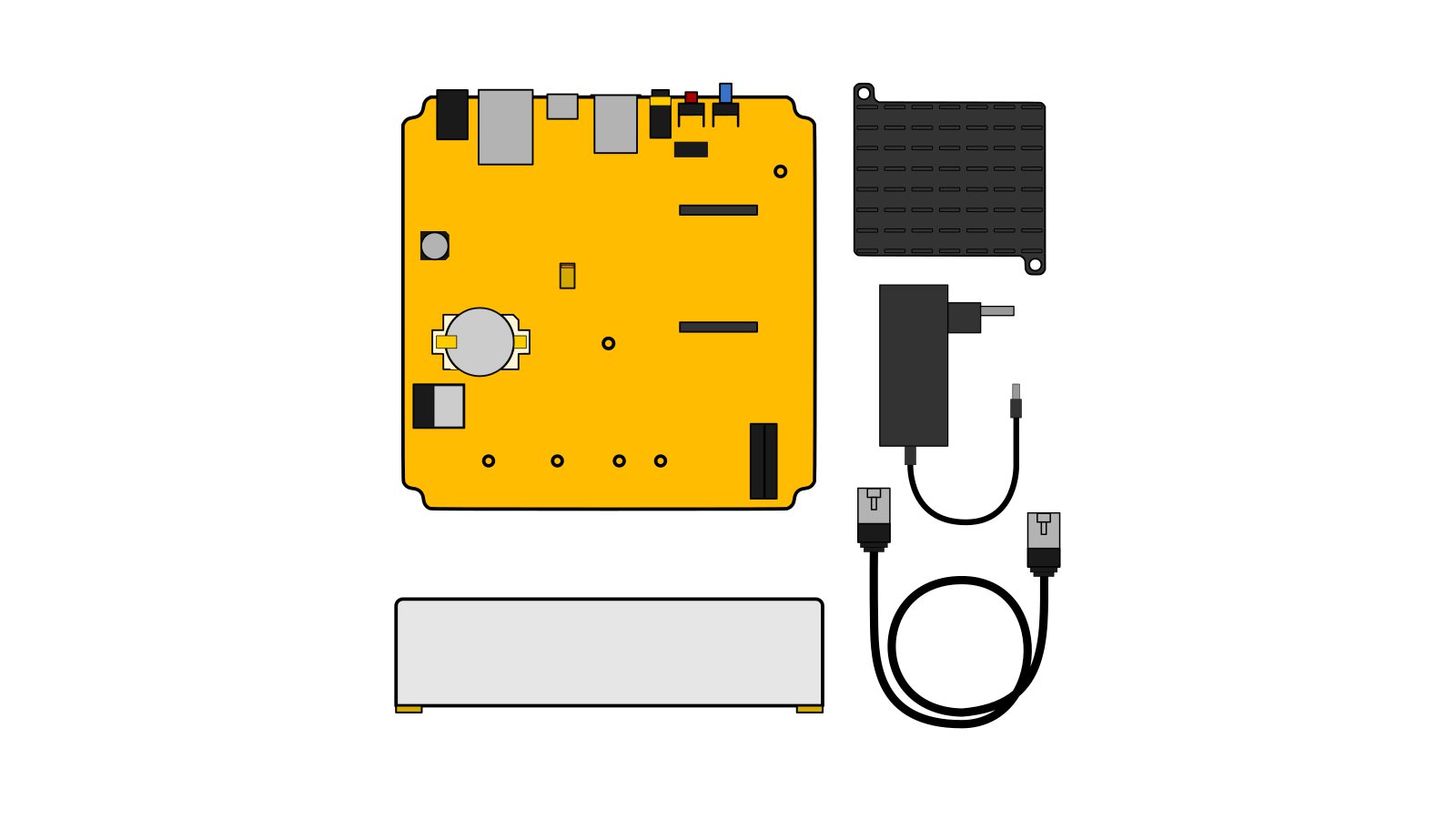
Some assembly required! This kit includes everything in the flagship version except the Raspberry Pi Compute Module 4. This option allows you to pick the compute module with the memory and eMMC storage to fit your needs. You will need to install Home Assistant on the compute module you provide. Custom enclosure, custom heat sink, and Ethernet cable included. This version comes with a power supply, but does not support Power-over-Ethernet. Other than the power supply, it is the same as the "Yellow Kit with Universal Power Supply," which will replace this version once stock is depleted.
Want to buy this item? Check the current project page for the latest information.
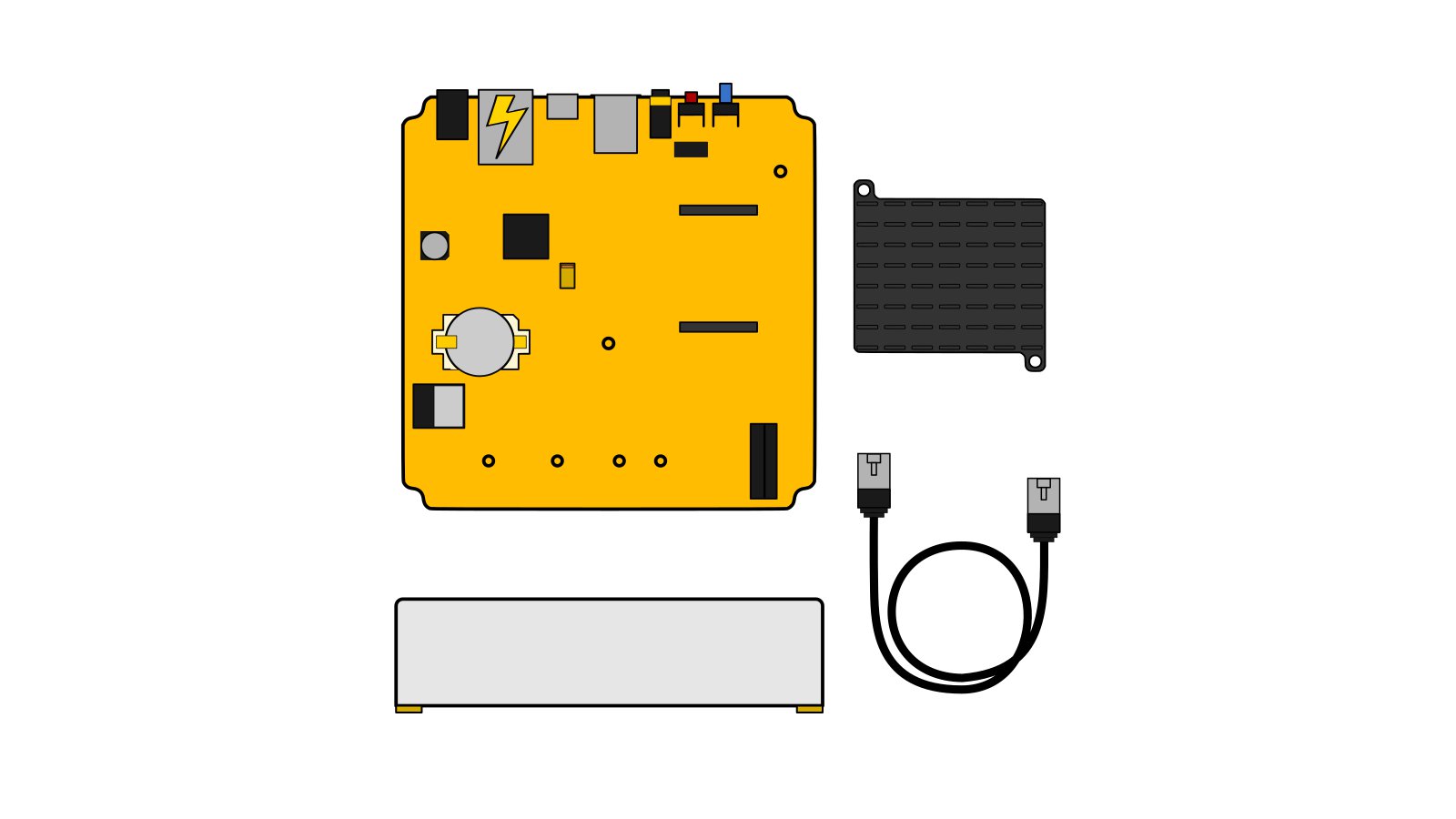
The Home Assistant Yellow mainboard that comes with this kit supports Power-over-Ethernet (PoE). The kit does not include a power supply, though it is safe to operate it with both PoE and a 12 VDC power supply plugged in at the same time, in which case power will be drawn from the 12 VDC supply and not PoE. Custom enclosure, custom heat sink, and Ethernet cable included. You must provide your own Raspberry Pi Compute Module 4 and install Home Assistant on it.
Want to buy this item? Check the current project page for the latest information.

This flagship version of Home Assistant Yellow is ready to go out of the box. It comes pre-assembled in a custom enclosure with a Raspberry Pi Compute Module 4 (CM4) and a custom heat sink for fanless, silent operation. The CM4 is a version without wireless and has 2 GB RAM and 16 GB eMMC storage, pre-installed with Home Assistant. All you need to get started is to plug in the power supply and the Ethernet cable, both of which are included. This variant does not have Power-over-Ethernet.
Want to buy this item? Check the current project page for the latest information.
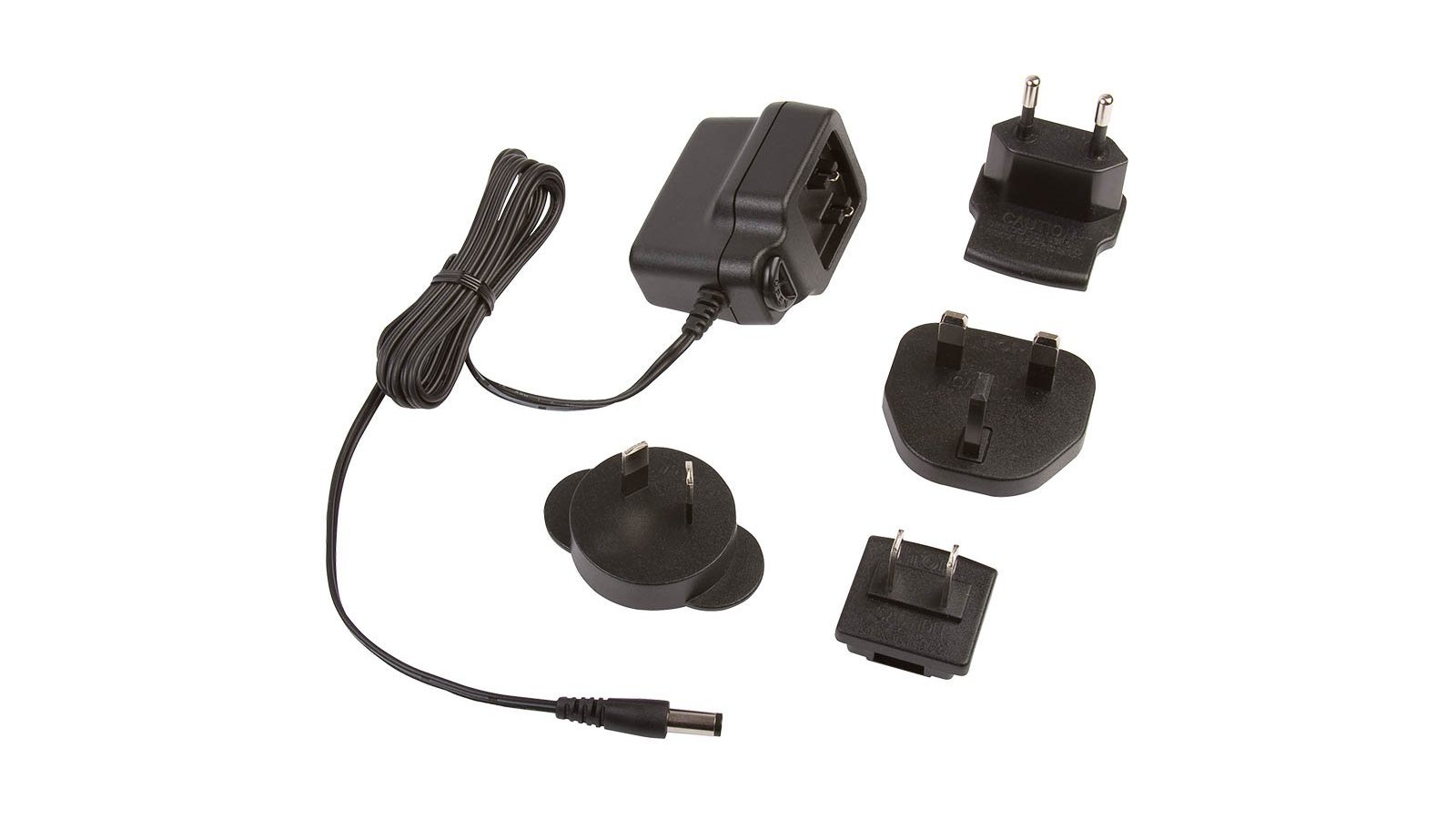
From the Crowd Supply Basics project.
In case you want an extra power supply.
A 12 V, 3 A (36 W) AC adapter with interchangeable plugs provided for the US, EU, AU, UK, plus a CCC-compliant plug - connecting via a 2.1 mm center-positive barrel jack.
Want to buy this item? Check the current project page for the latest information.
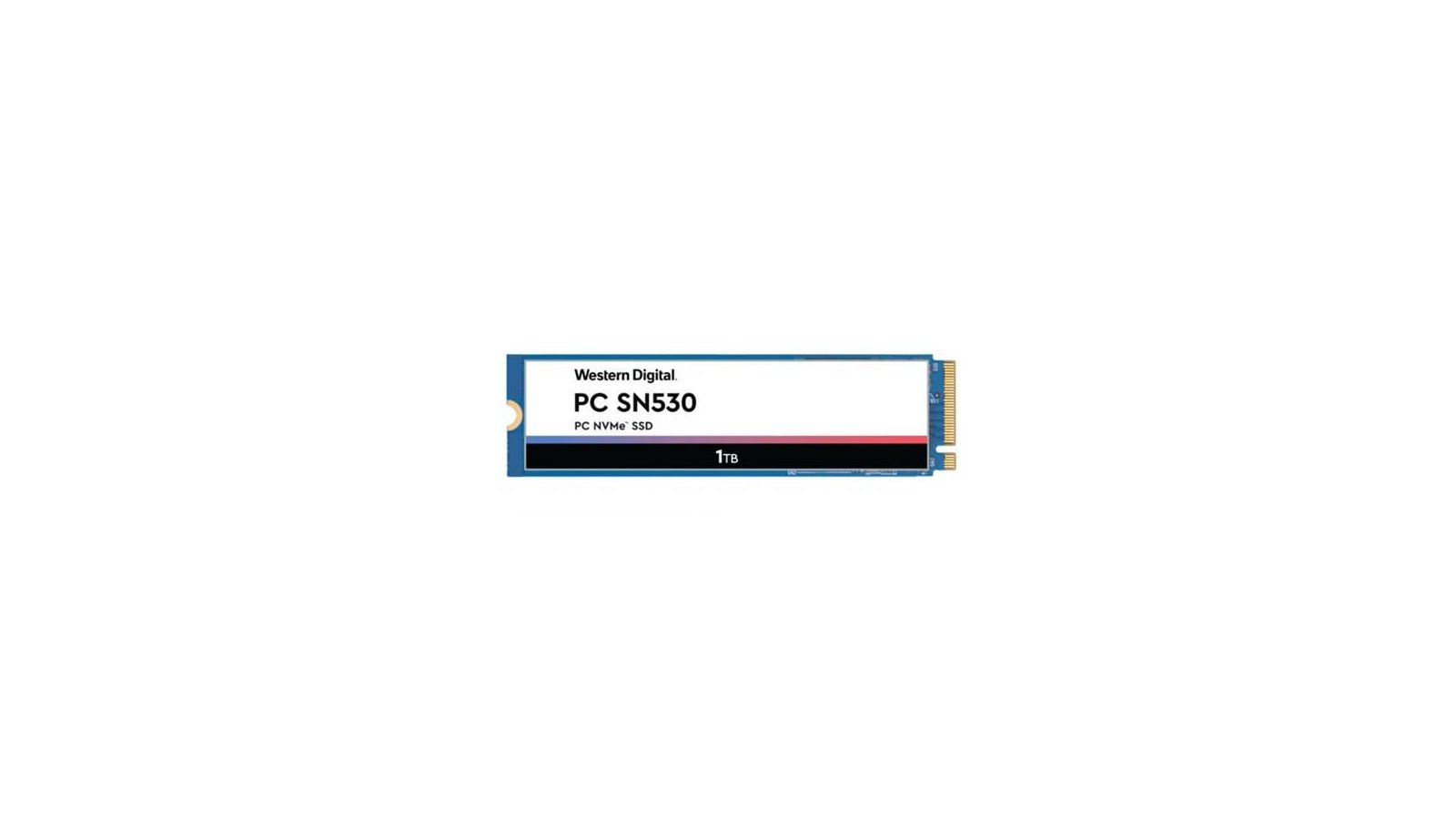
From the Crowd Supply Basics project.
For booting or expanded storage.
SanDisk NVMe SSDs in various capacities: 256 GB (P/N SDBPNPZ-256G), and 512 GB (P/N SDBPNPZ-512G).
Want to buy this item? Check the current project page for the latest information.
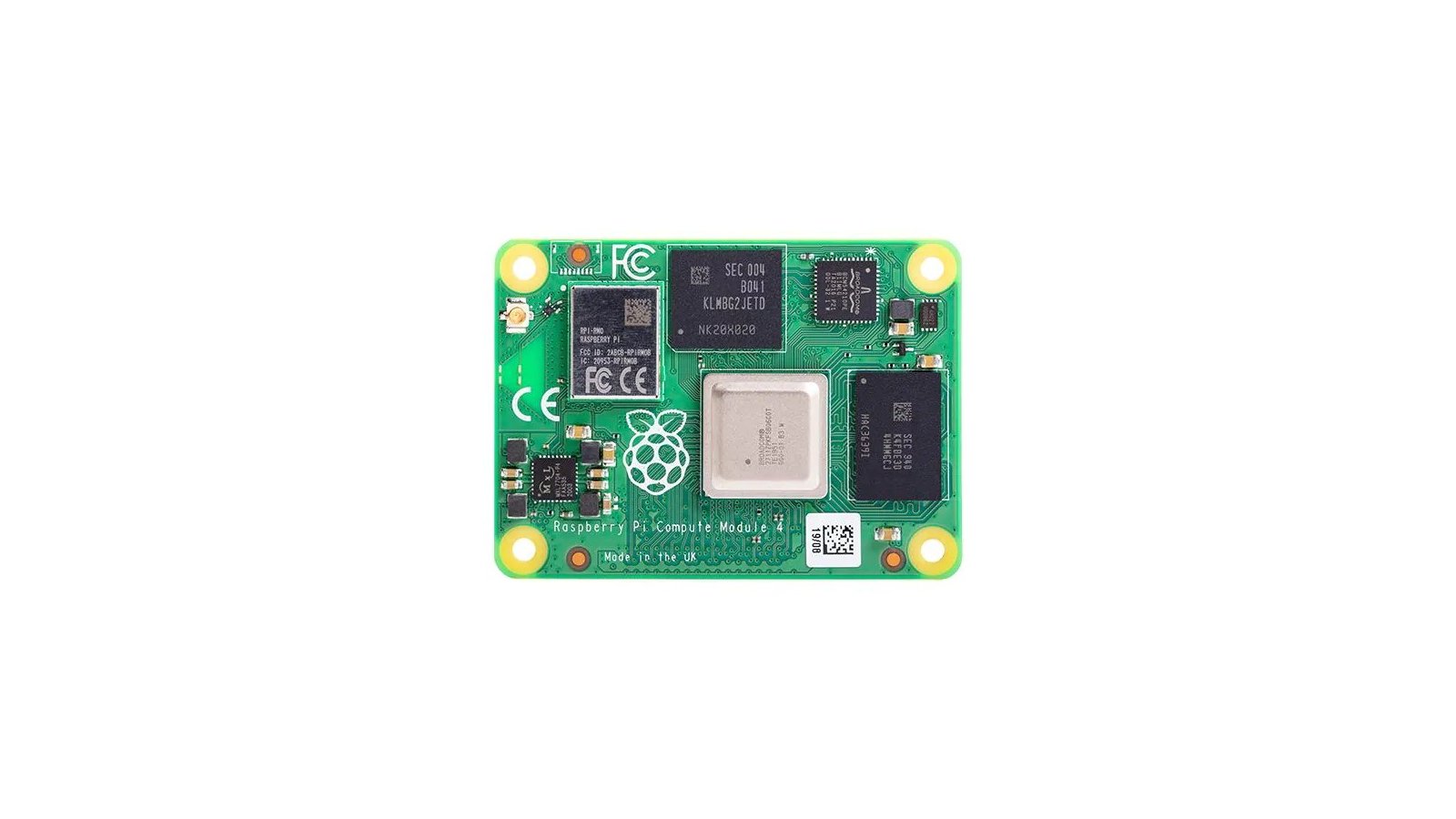
From the Raspberry Pi Compute Module 4 project.
Perfect for use with a Yellow Kit.
This CM4104032 variant of the Raspberry Pi Compute Module 4 is a System on Module (SoM) containing an ARM quad-core Cortex-A72 processor, 4 GB RAM, ethernet, 2.4 and 5 GHz 802.11b/g/n/ac Wi-Fi, 32 eMMC storage, and supporting power circuitry.
Want to buy this item? Check the current project page for the latest information.

From the Crowd Supply Basics project.
Optional - only needed for accessing Home Assistant Yellow's UART and CM4 USB recovery.
A 100 cm cable with a USB Type-C and a USB Type-A connector.
Want to buy this item? Check the current project page for the latest information.

Nabu Casa, Inc. has been founded by the creators of the open source project Home Assistant and Home Assistant OS. We provide Home Assistant Cloud, the missing cloud piece for Home Assistant. Our mission is the success of Home Assistant as a whole.